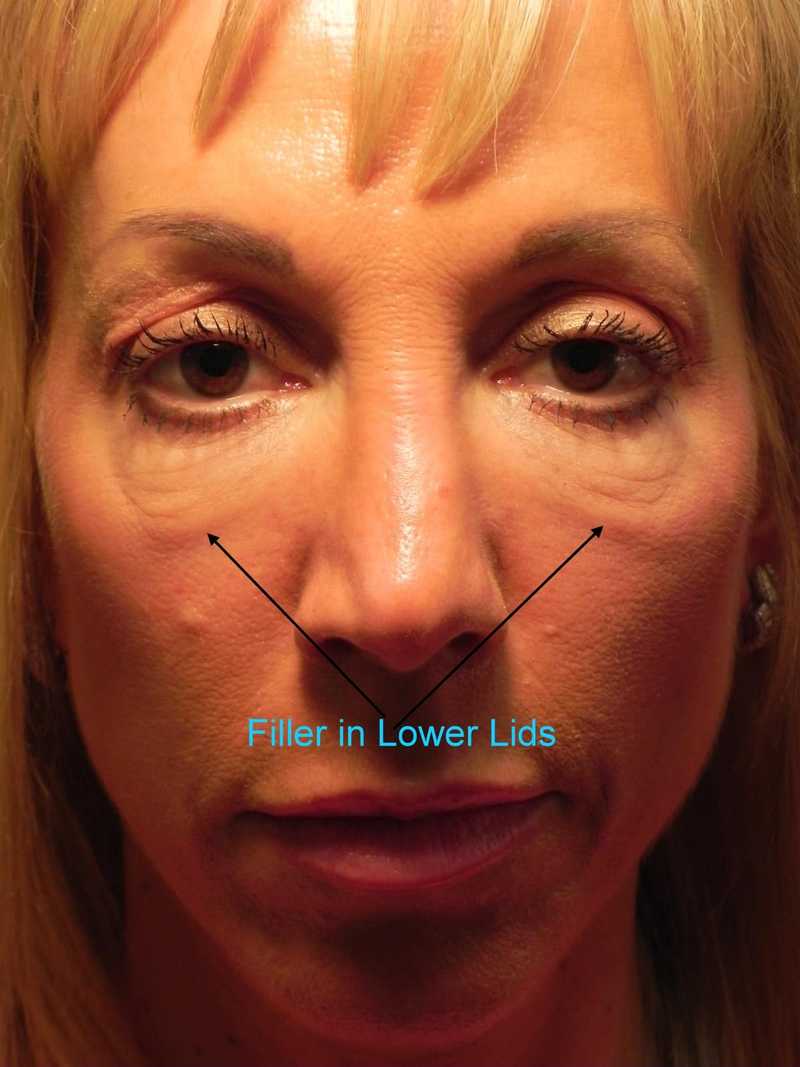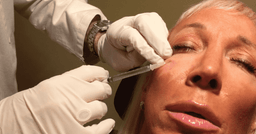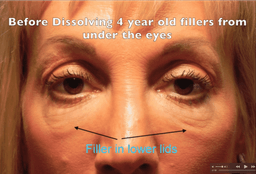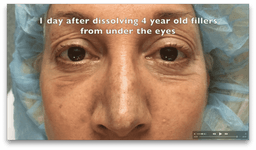As I’ve written about before, I’ve seen more problems with fillers placed under the eyes than successes. The only times I’ve found fillers under the eyes to be useful is in the case of young individuals who have true hollowing under the eyes. Otherwise, the idea of “camouflaging” lower lid bags with fillers usually results in more problems than solutions.
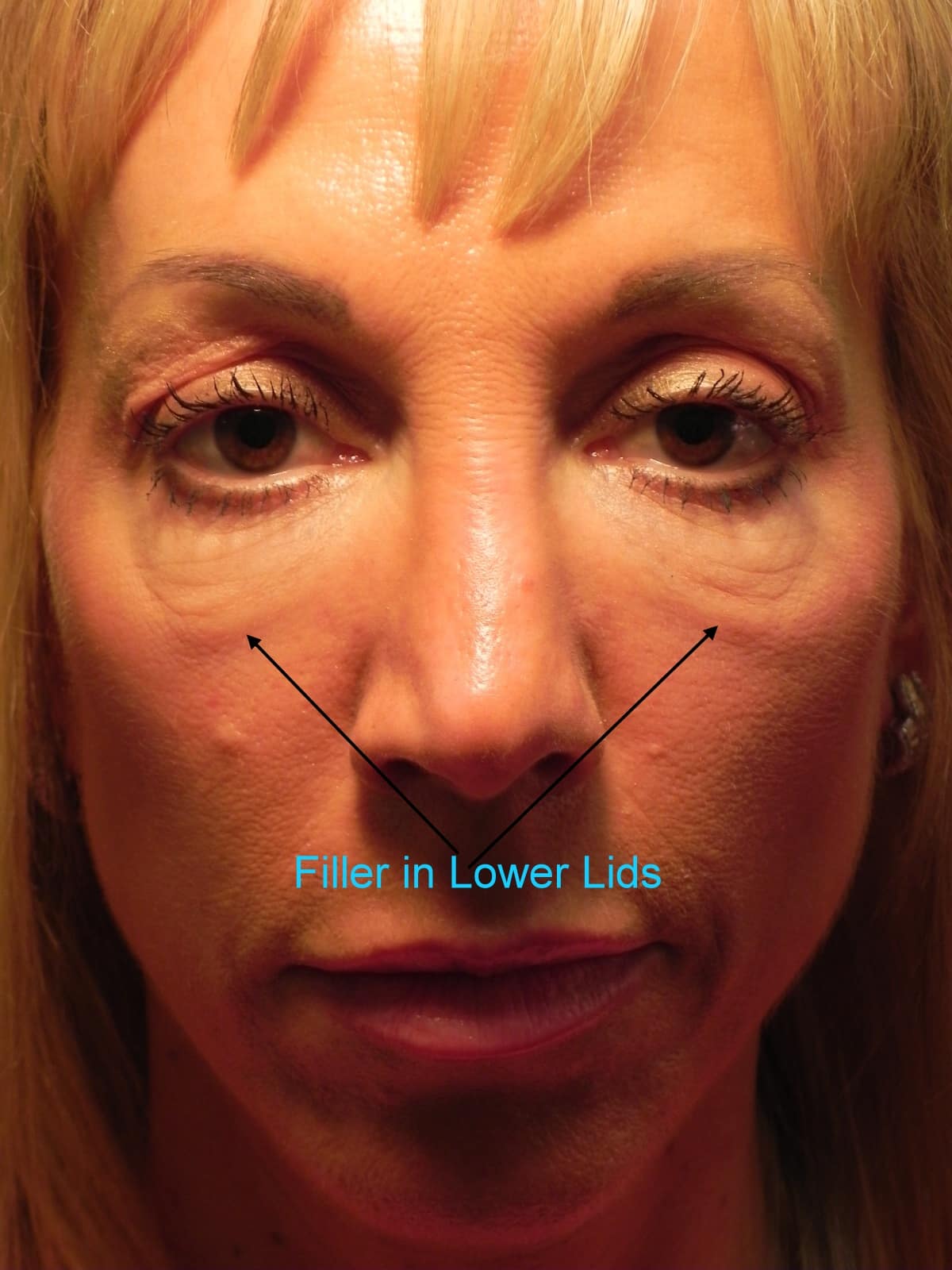
In my practice, I help many patients from around the world with Malar Mounds, eyelid Festoons and lower lid bags. As a result, I’ve witnessed more and more patients coming to visit me recently with fillers placed under the eyes. This requires removal of the fillers before I am able to help them with surgical rejuvenation of this sensitive area of the face.
How Fillers Work (and How to Remove Them)
While I don’t recommend fillers under the eyes in general, if they are to be placed, it’s best if they are one of the hyaluronic acid products as these can be chemically dissolved by a substance called hyaluronidase.
Thankfully, most patients I see who have had fillers placed by other practitioners have been injected with hyaluronic acids such as Juvederm, Restylane and Belotero. I have also had patients visit me with more permanent fillers placed such as Silicon, Artefill, Radiesse and fat, and these, unfortunately, are not easily removed.
Hyaluronic acids are naturally occurring sugars found widely throughout our bodies in the connective, epithelial and neural tissues. They are an important part of our cartilage and skin. When used for volume augmentation, they are chemically altered to make them last longer by cross-linking them chemically.
The natural hyaluronic acids in our body are broken down by another natural substance in the body called hyaluronidase. This substance can also be chemically developed and has been used in medicine for many years. Initially it was used to help the spreading of medication put under the skin. In Ophthalmology, it was used to help anesthesia spread more widely when numbing the eye during cataract surgery.
More recently, hyaluronidase has been used to dissolve hyaluronic acid fillers placed in various part of the face. This is done for two main reasons.
First, sometimes these fillers can cause an occlusion of blood flow to part the face, which is a dangerous vascular compromise.
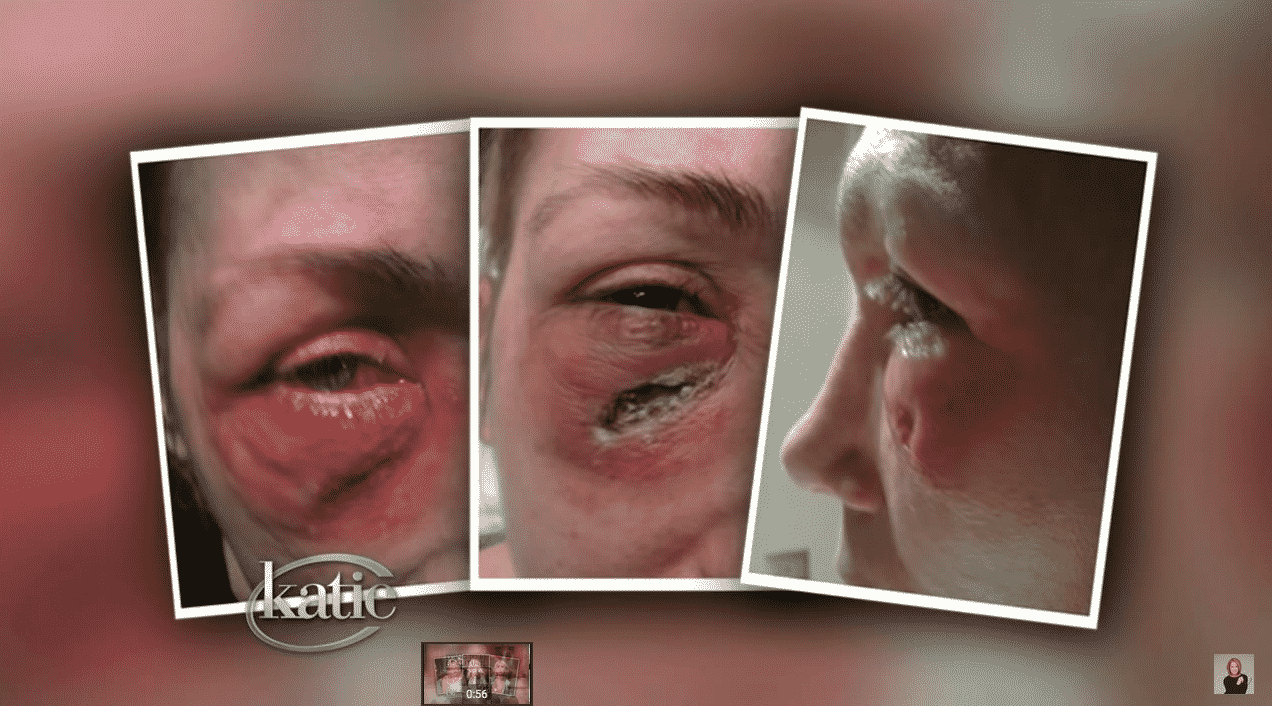
The second use of hyaluronidase is to dissolve hyaluronic acids irregularly placed in the body. Usually, this is done to dissolve contour irregularities or the “Tyndall Effect,” which is a blue cast to the skin due to poorly injected hyaluronic acids.

Do you need help with under-eye filler? Book a Complimentary Virtual Appointment
In My Practice
I use hyaluronidase extensively to dissolve irregular skin contours created by practitioners who put these fillers underneath patients’ eye in a misguided effort to camouflage eye bags, Festoons and Malar Mounds.
The way I perform this treatment is by cleaning the area to be injected with alcohol and then injecting hyaluronidase in multiple tissue planes in the areas where hyaluronic acid gels were placed. Surprisingly, these fillers—which are supposed to last under a year—often last much longer, especially when they are placed under the eye region. I’ve actually dissolved some hyaluronic acid fillers placed under the eye three, four, five and even six years after they were initially placed. Thankfully, hyaluronidase is helpful in dissolving these fillers even years after the initial injection.
After placing the hyaluronidase into the skin tissue, I put that area under a compressive force (with a folded gauze or with EyePads) in an effort to drive the enzyme into the tissue to dissolve the hyaluronic acids. I then tape the gauze or pads over the treated area under additional mild force. These are left in place for approximately 20 minutes, after which the tape and the underlying guaze/pads are removed to reveal the result.
The change is often immediately visible, and sometimes even more dissolution occurs when the patient goes home.
It is gratifying for me to be able to help patients in general, and more specifically when treatments by other practitioners have led to irregular results.
If you’ve had problems with hyaluronic acid fillers causing blue casts under the skin or irregular bumps under the skin, please contact my office for assistance. We would be happy to help you.
